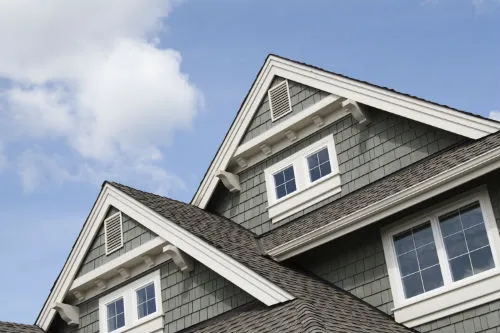
Insurance To Protect Your Family Home in Shelburne
Homeowners in Shelburne often choose the town for its picturesque views, and the right home insurance is the key to protecting your home so you can continue to enjoy the area's natural beauty. As a small coastal fishing town in Nova Scotia, Shelburne has a humid continental-style climate that freezes over in the depths of winter while enjoying warm summers and frequent precipitation year-round. Home insurance in Shelburne needs to protect homeowners from geographical hazards posed by this climate and other foreseeable risks.
Protecting Your Belongings With Home Insurance in Shelburne
Common hazards covered by Shelburne home insurance include damage from storms, snow or ice buildup and vandalism. Crime protection is important for Shelburne homeowners because while the area is beautiful, Shelburne crime rates are 242% higher than the Nova Scotia average. That is something to keep in mind as you consider how much coverage you need.
Property liability insurance is also important for Shelburne homeowners. Liability coverage helps pay for legal expenses and damages in the event of an accident on your property. And, even if you are not found to be liable in a given case, that coverage can pay for your defence. With the area's tendency toward heavy snowfalls and long winter freezes, that protection covers you in case of a slip or fall on your driveway, walk or front porch. It also protects you in case of other accidents, so you are protected year-round.
Customizing Home Insurance in Shelburne
Crime protection, hazard protection that covers damage from extreme weather and property liability coverage are the big three requirements for most mortgage lenders, so comprehensive home insurance for Shelburne, Nova Scotia, starts there. Building a policy that works for you means customizing your coverage in each of these areas to suit your needs.
For dwelling coverage that includes crime protection and other sources of damage to the home, you need enough coverage to take care of damage from foreseeable hazards. Remember, your belongings are also covered, so that means you need to add their value to the home's value to figure out how much coverage you need. After that, you also need to check out exclusions and limits included in your policy to find out if you need additional coverage in key areas.
For many homeowners, that means adding extra protection for valuable items like electronics, art and musical instruments. If you have expensive hobbies that require equipment like RC car racing, that equipment might also fall under this category. High-value items usually have limited coverage under basic home insurance to prevent damage to a few expensive items as a way to contain costs for all parties. Adding that extra coverage is easy, though.
If you have property features that create additional risks like waterfront exposure, swimming pools or outbuildings, you may need to carry higher than average property liability coverage, too. The best way to learn about your ideal coverage limit in this area is to talk to a professional about your property because that is the kind of thing they are trained to know.